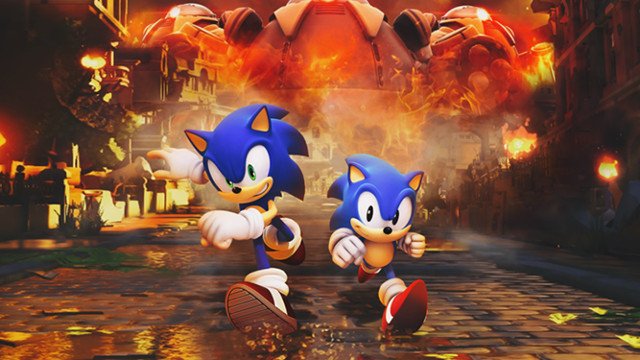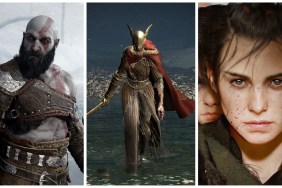Sonic Mania released last month to the highest reviews of any Sonic game in years with a current Metacritic score of 86. The game began as something of a fan concept from Christian “The Taxman” Whitehead, (the man behind the mobile ports of Sonic CD, Sonic the Hedgehog, and Sonic the Hedgehog 2) but ended as an official Sonic game fully backed by…

Atlas is an action-rpg with rogue-like elements where you use your ability to control the ground to fight the enemies and move through procedurally generated worlds.










